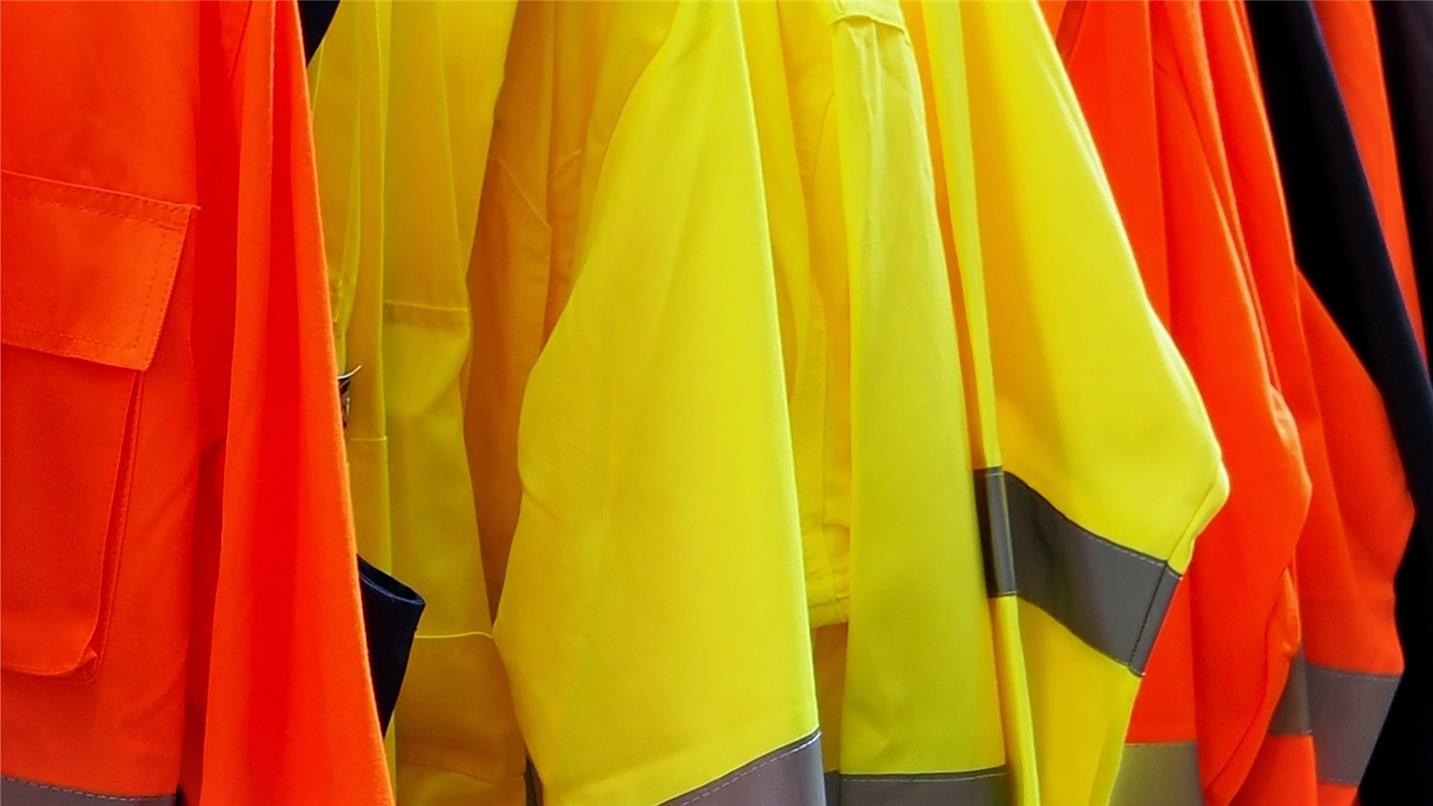The mission
To find a sustainable environmentally friendly solution to dispose of used employee uniforms
Following a global rebrand, SUEZ recycling and recovery UK needed to update all of the uniforms worn by thousands of its employees. To meet the company’s vision ‘of living in a society where there is no more waste’, SUEZ sought after a recycling outlet to sustainably destroy branded uniforms previously worn by employees.
It was critical that the solution would enable any clothing that was embroidered with a logo to be securely destroyed, but to put the remaining material to good use.
Our solution
Through a broad network of partners, SUEZ found recycling outlets that were able to recycle clothing in an environmentally-friendly way, offering textiles a second life.
In order to collect the material and recycle in the most responsible way at more than 200 of SUEZ’s sites in the UK, local hubs were created where uniforms were collected and sorted into different fabric types. The recycling solution enabled embroidered material to be turned into industrial rags, while the PPE clothing including the high-vis jackets and ballistics trousers, made from reinforced nylon, were shredded and used as roof insulation.
This textile recycling activity wasn’t the only project SUEZ recycling and recovery UK has been involved in. In 2018, SUEZ joined 88 organisations as signatories in the Sustainable Clothing Action Programme – SCAP 2020 Commitment – recognising the increasing importance of clothing and wider textile issues. The programme is a voluntary commitment for members of the clothing supply chain to collaborate to deliver a reduced environmental footprint from their activities. SCAP signatories have committed to:
- 15% reduction in carbon footprint
- 15% reduction in water footprint
- 15% reduction in waste to landfill
- 3.5% reduction in waste arising over the whole product life-cycle
Over 5,000kg of material is given a second life
More than 5,360kg of old clothing has been put to good use. The textile recycling solution meant that SUEZ was able to protect the integrity of the brand by securely destroying the branded elements of the uniforms and personal protective equipment, whilst ensuring that the textiles were recycled and given a second life.
Not only does the solution create a reusable product extending the life-cycle of the material, but also reduce the quantity of waste going to landfill. The recycled products provide a solution further down the supply chain in industry, potentially replacing energy intensive products needing to be manufactured, such as roof insulation.
SCAP 2020 vision
By meeting the targets of the Sustainable Clothing Action Programme, along with the current and future signatories we could expect to save:
- More than 1.2 million tonnes of CO2 emissions per year – equivalent to the annual CO2 emissions of nearly 250,000 cars
- 420 million m3 of water per year – equivalent to more than 160,000 Olympic sized swimming pools
- Over 16,000 tonnes of waste arising

